Making A Cold Frame Gardening
Cold frames are an ideal way to extend your garden's growing season in spring and fall without costing you a fortune. That's because they give you flexible ways to grow spring greens or fall crops well beyond when exposed plants falter. Even better, you can build them using things you may already have around the house. You don't need a giant space to make them work, either. Keep reading to check out our comprehensive guide to building and using cold frames in your yard.

Is it Greenhouse, Hothouse or Cold Frames ?
First of all, we need to clarify what we mean when we talk about cold frames. The terms greenhouse, hothouse, and cold frame are often used interchangeably. They shouldn't be because they are very different in function.
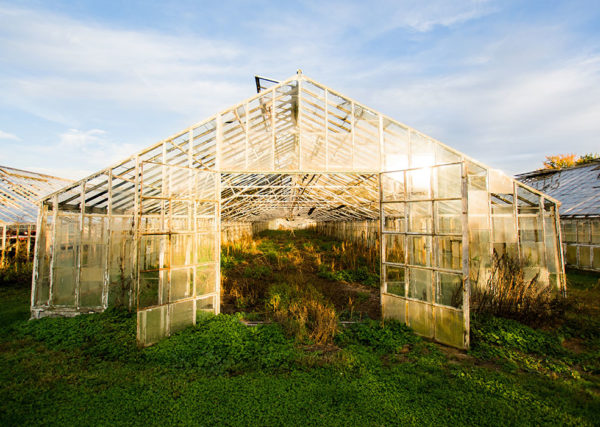
A greenhouse is a more substantial structure traditionally made of glass or plastic attached to a wood or metal frame. Think of a house-shaped building with glass walls that you can walk around in, and you have a general idea.
A hothouse is a heated greenhouse often used by horticulturalists to grow orchids or other tropical plants.
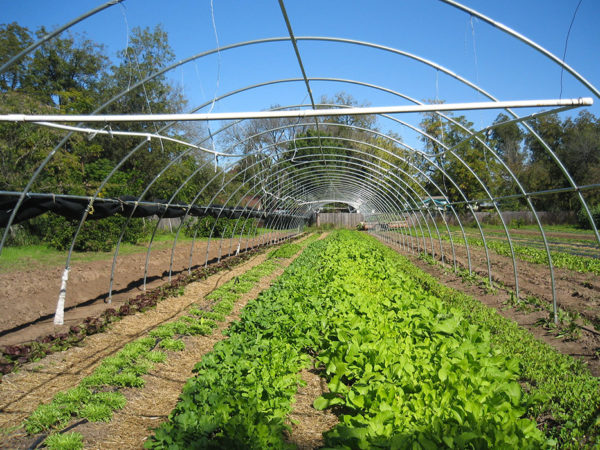
On today's modern farms, many farmers use a hoop house-style greenhouse, which is basically plastic attached to metal hoops to form a tunnel that covers growing plants.
What Is a Cold Frame?
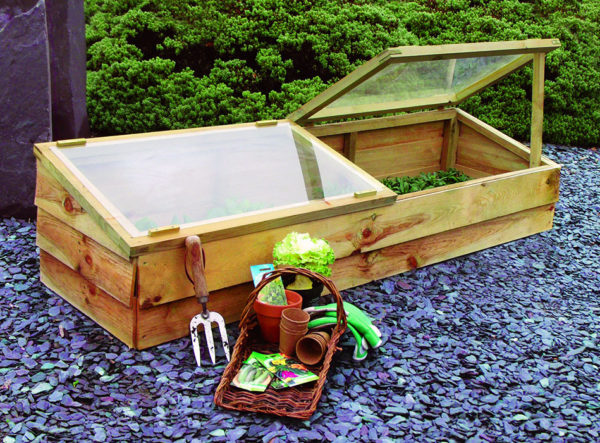
In this article, we will focus on an entirely different beast: the cold frame. A cold frame is a bottomless box that is low to the ground. The sides are made of glass, plastic or even straw bales. The top is translucent material that lets the sun in.
A cold frame creates a micro-climate inside that is warmer than the exterior temperature, as well as protecting the plants from the wind and frost. Basically, by sheltering your plants from outside stress, you create an ideal environment for them to grow longer into the season than they might otherwise.
The point of using a frame is to give the plants some extra protection during some point in their growing lives. You can use them alone or in combination with a greenhouse. I like to put them on the south side of my greenhouse to provide a step-up spot for seedlings.
Cold frames have some advantages over a greenhouse. Because plants in the structure are planted in the ground (unless you are hardening off seedlings), it doesn't need as much watering as your greenhouse plants. It also creates its own humidity.
The downside is that you need to monitor your plants on sunny days. When the sun is out, you will need to raise the lid to allow excess heat to escape.
Some things that cold frames are great for:
- Hardening off seedlings that come out of the greenhouse
- Warming up the soil before planting
- Getting lettuce off to a great start in spring
- Covering up kale in fall so that you can have a longer harvest
- Sow spring greens
- Overwintering tender plants in zones 7 – 10
Making Cold Frames
Cold frames are easy and cheap to make. In fact, I mentor young women interested in sustainable agriculture, and a cold frame is one of the first things I teach them how to make.
You can also purchase them online. These may be a basic design or can be quite sophisticated.
There is not a set size for a cold frame. Your size can be adjusted according to what materials you have on hand. Ideally, you want to back of the frame to be slightly higher than the front. A sloped roof makes rain roll off and lets sunlight enter.
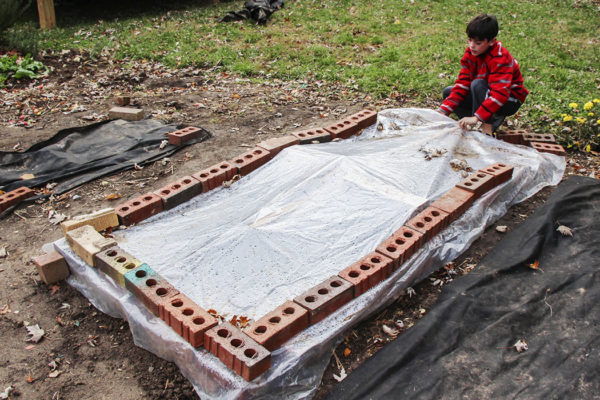
A cold frame is easy to "scrap out." I have used cement blocks and scrap wood for sides. I am "dumpster diver supreme" when it comes to scavenging old windows and glass doors, which are perfect as a roof. Keep in mind, though, that if you live in a place with heavy snow, you will want to either use a sturdy material or make your roof extremely sloped so snow doesn't build up and break through the glass.
Cold Frame Designs
There are multiple styles of frames to suit different needs. Every type of cold frame, whether purchased or made, has advantages and disadvantages. Here are a few DIY versions that I particularly like.
Straw Bale Cold Frame
My all-time favorite is the straw bale frame. They are fabulous for fall and winter crops because of straw's insulating properties. Making one is stunningly easy: just take 4-6 bales of straw and form a square or rectangle.
You can cover the straw bales with old windows, storm doors or drape plastic over it. You'll need to ventilate this model manually by pushing a window back or removing it for the day.
I place my straw bale cold frames right in the garden in a spot I have cleaned up and tilled. Normally, I would also have let the chickens scavenge the area to remove any nasty pests because I don't want to create a positive environment for bugs in my cold frame.
Then I am ready to plant fall and winter crops. I'm in zone 6, so I usually do this process in September. I start cold weather seeds for fall in one of the barn sheds so that they do not get too hot in the late summer and are ready for planting in early fall.
When the cold frame is set up and ready to go, I transplant the seedlings into the soil. At this point, I don't need the lid, except maybe on a cold night. As the weather cools I make it part of my evening chores to go and adjust the lids to protect the plants.
I usually eat greens from my cold frames until January. It's not the cold that ends my season – it's the fact that I have eaten all the produce.
The next spring you can use the rotting straw for mulch or add it to the compost pile. Don't use hay for your cold frame because it has too many weed seeds.
Pallet Cold Frame
Pallets are inexpensive building materials that are easy to find. I love this type of cold frame because of its simple design and easy construction.
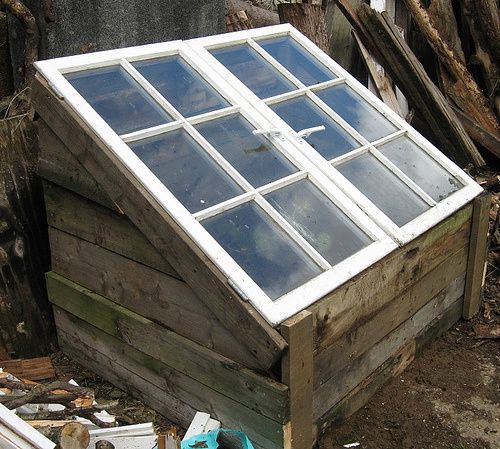
For this particular design, the builders took apart the pallet to use the individual boards. Then, using 1-by-2-inch pieces of lumber for a frame, they built a box. Two old windows complete the top. The windows are hinged so they can be readily opened.
The angled top is great to get extra sunlight into the cold frame. You can use this template for any number of variations to build what you need or try one of the DIY options out there. This design would be great for early spring greens or hardening off seedlings.
Amish Style Cold Frame
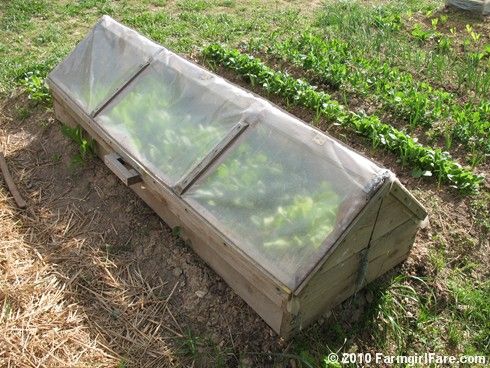
This type of cold frame was inspired by the Pennsylvania Dutch who brought the idea from Europe when they immigrated. The brilliance of this design is the triangular "roof" and the hinges, which maximize space and accessibility. The cover can be plastic on both sides or one side can be plywood for better insulation.
The one disadvantage of this design is that it can be more cumbersome and heavy.
You can make the triangular top in two ways. One way is to keep it separate from the bottom part. Simply lift the lid off to ventilate or harvest. The other way is to hinge the top so you can lift it up.
Using Your Cold Frame
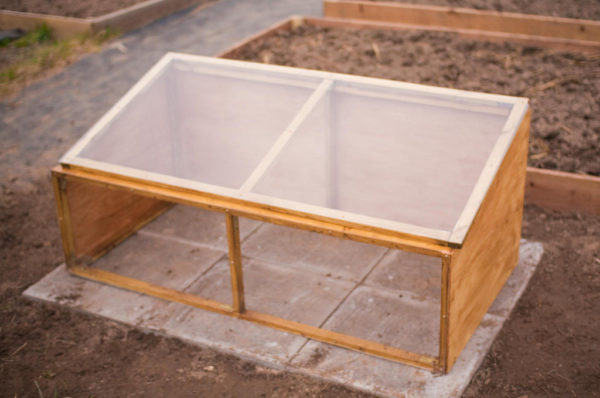
Eliot Coleman is the cold frame guru and author of "Four Season Harvest" – an essential book if you want to grow all year 'round. He states that "the basic cold frame is the most dependable, least exploited aid for the four-season harvest."
Many people think they need either a cold frame or greenhouse, but it's not one or the other. Most gardeners don't have unlimited greenhouse space, so a cold frame provides you with additional options. The two can complement each other to give you endless growing options.
The key is to manage your space wisely. In those early spring months, you can use your cold frame to start some salad seeds. Then you can use your greenhouse to start sowing seeds that need a longer germination time, like onions, or those that prefer warmer temperatures like tomatoes.
When sowing spring greens, a cold frame has the advantage of giving plants a protected environment and "real" sunlight. Greens can be finicky when you grow them under artificial light and they can get leggy. Sowing in a cold frame gives them the advantage of the sun with the protection of the frame walls.
Another advantage of a cold frame is its portability. Say your greens have matured and the weather has moderated. You can pick up the cold frame and move it to another spot to grow other plants.
Ventilation
Being able to raise the lid of your cold frame is essential. Lifting the lid allows heat to escape on sunny days. Even in the winter, a cold frame can warm up quickly and heat plants beyond their tolerance.
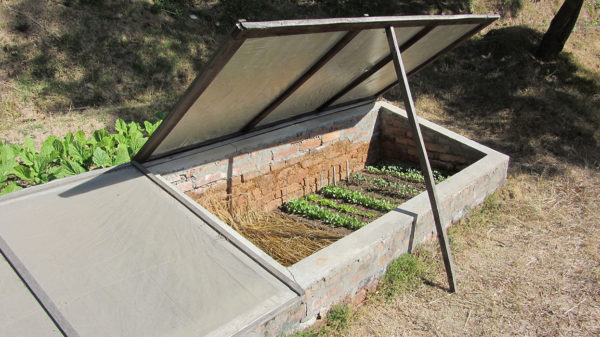
You can provide ventilation without much fuss by propping the lid open with a piece of wood. You can also add hinges to the sides so the roof can open like a window or door. That way you can leave the lid open without propping it up.
In addition, greenhouse companies carry automatic vent openers you can purchase. These react to temperature and automatically open when the inside of the frame exceeds a certain limit. They're great to have if you're at work all day.
If you don't have automated assistance, keeping a thermometer inside the cold frame is a great tool to help you determine when your plants need a breath.
Overwintering Tender Plants
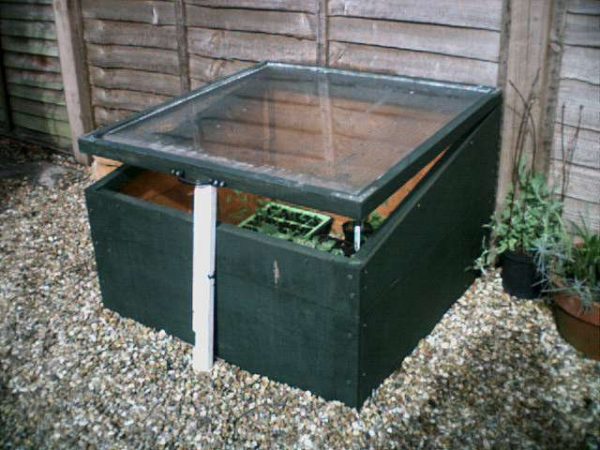
If you live in the more temperate 7 – 10 zones, a cold frame can be a great way to overwinter tender plants that might not otherwise survive the winter. The cold frame will provide them with a protected dormancy so that they will be ready to flourish again in the spring.
Depending on how your garden is laid out, you may be able to place a cold frame over your existing plants. If this is not possible you can transplant the plants to the cold frame.
To do this, you will need to cut your plant back as recommended for the species. Then carefully lift the root ball from the soil and place in a large pot. Surround the roots with some potting soil for insulation and water well.
Pack your pots closely together and put leaves or straw in between them to insulate the plants. They will not need much water throughout the winter. A white sheet on top of the cold frame will help regulate the temperature and keep the plants from wanting to make leaves.
I can't imagine gardening without my cold frames – they turn a short growing season into a long one and give me the early advantage when prepping plants for spring planting. You really can't beat them for simplicity and cost-effectiveness, either. Let us know how you plan to use your cold frames in the comments below.

Was this article helpful?
Yes No
Making A Cold Frame Gardening
Source: https://morningchores.com/cold-frames/
Posted by: teelbremandes.blogspot.com

0 Response to "Making A Cold Frame Gardening"
Post a Comment